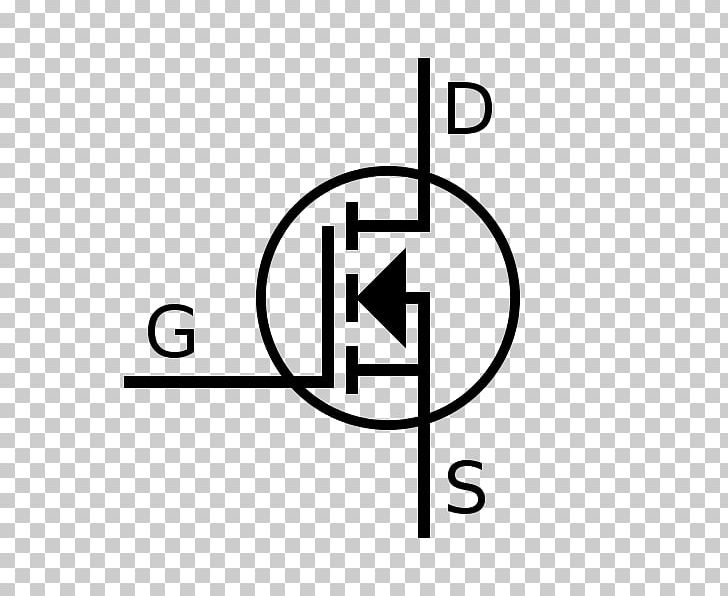

Careful connections and design are critical to maintaining FET performance when the Body connection is involved.Ĭhannel: This is the region in which the majority carriers pass from the source terminal to the drain terminal. However, in integrated circuits, this pin will be typically connected to the most negative power supply in an NMOS circuit(most positive in a PMOS circuit) because many transistors will share it. In discrete applications, it is internally tied to the source pin allowing its effects to be ignored entirely. Body: This is the substrate on which the FET is built.This creates a heavily doped PN junction region that controls the flow of the carrier from source to drain.



Drain: Drain is the terminal through which the majority charge carriers exit from the FET.Source: Source is the terminal through which the majority charge carriers are entered in the FET.Field Effect Transistor (FET) – Psychical OverviewĪ FET has four terminals named Source, Drain, Gate, and Body. Apart from that, FETs are also used in high power switching applications, as voltage-variable resistors (VVRs) in operational amplifiers ( Op-Amps), and tone controls, etc., for mixer operation on FM and TV receivers and in logic circuits. FET uses the voltage applied to its input terminal (called the Gate), to control the current flowing from the source to drain, making the Field Effect Transistor a “Voltage” operated device.įETs are extensively used in Integrated Circuits (ICs) due to their compact size and significantly lower power consumption. FETs are also known as unipolar transistors because, unlike bipolar transistors, FETs only have either electrons or holes operating as charge carriers. Field Effect Transistor (FET)Ī Field Effect Transistor (FET) is a three-terminal Active semiconductor device, where the output current is controlled by an electric field generated by the input voltage. Ever wonder what a Field Effect Transistor (FET) is? Give this article a read for everything you need to know about the device.


 0 kommentar(er)
0 kommentar(er)
